How to Use Itraconazole Oral Solution 100 mL for Cats – Dosage, Indications & Precautions
Fungal infections in cats can be a serious concern, often causing discomfort, illness, and sometimes life-threatening complications if left untreated. Among the antifungal treatments available, Itraconazole Oral Solution 100 mL for cats has emerged as a highly effective medication, trusted by veterinarians worldwide for its broad-spectrum activity and safety profile.
This aims to provide a comprehensive overview of itraconazole oral solution, covering its indications, mode of action, detailed dosage guidelines, safety precautions, and other important considerations to help cat owners and veterinary professionals optimize treatment outcomes.
What is Itraconazole Oral Solution?
As a member of the triazole antifungal group, Itraconazole disrupts fungal cell membranes by preventing the production of ergosterol. Interference with ergosterol production disrupts membrane structure in fungi, causing loss of function and cell lysis.
Itraconazole oral solution is specially formulated for easy dosing in cats, ensuring accurate administration and better absorption compared to tablets or capsules. The 100 mL bottle size provides ample supply for extended treatment courses often required in fungal infections.
Common Fungal Infections in Cats and Indications for Itraconazole
- Dermatophytosis is a highly contagious fungal infection targeting the skin, coat, and claws, often presenting with ring-shaped bald patches, scaling, and irritation.
- Systemic Mycoses: These include infections like blastomycosis, histoplasmosis, and cryptococcosis, where fungi invade internal organs such as lungs, liver, or brain.
- Malassezia Dermatitis: Overgrowth of Malassezia yeast causing itching, redness, and scaling on the skin.
- Candidiasis: Yeast infections affecting mucous membranes such as oral thrush.
- Aspergillosis: A respiratory fungal infection causing nasal discharge, sneezing, and difficulty breathing.
Itraconazole’s broad antifungal spectrum makes it the preferred choice for many veterinarians managing these challenging fungal infections in cats.
How Does Itraconazole Work?
By disrupting this process, itraconazole weakens the fungal cell membrane, causing leakage of vital components and ultimately fungal cell death. The drug’s fungistatic and fungicidal properties enable it to stop fungal growth and eliminate infections effectively.
Advantages of Itraconazole Oral Solution for Cats
- Improved Absorption: Oral solution form is absorbed more efficiently, particularly when given with food.
- Ease of Administration: Liquid form allows precise dosing, especially helpful for cats that are difficult to medicate.
- Broad Spectrum: Effective against dermatophytes, yeasts, and systemic fungi.
- Long Half-Life: Supports once-daily or twice-daily dosing regimens.
- Well-Tolerated: Generally safe with manageable side effects when used under veterinary guidance.
Dosage and Administration of Itraconazole Oral Solution for Cats
Proper dosing and administration are critical for successful treatment and minimizing side effects. Treatment duration usually ranges from several weeks to months, depending on the infection type and severity.
General Dosage Guidelines
- Usual Dose: Administer 5 to 10 mg/kg of body weight orally once daily.
- Duration: Minimum 4 weeks, often extended up to 12 weeks or longer based on clinical response.
- Administer with food to enhance absorption.
Dosage for Itraconazole Oral Solution in Cats
| Cat Weight (kg) | Dosage Range (mg/kg) | Total Daily Dose (mg) | Volume of Oral Solution (mL) | Administration Frequency |
| 2.1 – 4.0 | 5 – 10 mg/kg | 10.5 – 40 mg | 1.05 – 4.0 mL | Once or twice daily |
| 4.1 – 6.0 | 5 – 10 mg/kg | 20.5 – 60 mg | 2.05 – 6.0 mL | Once or twice daily |
| 6.1 – 8.0 | 5 – 10 mg/kg | 30.5 – 80 mg | 3.05 – 8.0 mL | Once or twice daily |
| 8.1 – 10.0 | 5 – 10 mg/kg | 40.5 – 100 mg | 4.05 – 10.0 mL | Once or twice daily |
Important: Your veterinarian should determine the exact dosage based on your cat’s specific diagnosis and health status.
Administration Tips
- Administer with Food: Itraconazole absorption improves significantly when given with a meal.
- Use Measuring Device: Use the syringe or dropper provided for accurate dosing.
- Complete Full Course: Do not stop treatment early, even if symptoms improve.
- Regular Monitoring: Periodic veterinary check-ups and liver function tests are recommended during long-term therapy.
Precautions and Usage Warnings for Itraconazole Solution in Cats
While Itraconazole Oral Solution 100 mL is a highly effective antifungal medication, its use in cats requires careful attention to safety guidelines and veterinary oversight. This ensures not only the effectiveness of the treatment but also minimizes the risk of adverse effects. Below are the key safety precautions and considerations when using itraconazole in cats:
1. Veterinary Supervision is Essential
Only a licensed veterinarian should oversee the use of itraconazole. Proper diagnosis, dosing, and monitoring are crucial, especially for long-term treatments.
2. Do Not Use in Pregnant or Lactating Cats
- Animal research has revealed possible risks to fetal development.
- Alternative treatments may be considered in such cases.
3. Liver Monitoring is Necessary
- Itraconazole can affect liver function. Periodic liver enzyme tests (ALT, AST) are recommended, particularly during prolonged use.
- If a cat exhibits signs of liver distress—such as vomiting, jaundice, or lethargy—discontinue the drug and consult your vet immediately.
4. Watch for Gastrointestinal Upset
- Mild side effects like vomiting, diarrhea, or decreased appetite are possible.
- If these effects persist or worsen, veterinary advice is required.
5. Avoid Use in Cats with Pre-existing Liver Disease
- Cats with known hepatic dysfunction should not be treated with itraconazole unless absolutely necessary.
- Risk-to-benefit evaluation by a veterinarian is crucial in such cases.
6. Drug Interactions
- Itraconazole can interact with other medications by affecting liver enzymes involved in drug metabolism.
- Avoid combining itraconazole with:
- Antacids or acid-reducing agents (which can decrease absorption)
- Certain antibiotics (like erythromycin)
- Corticosteroids and certain heart medications without veterinary consultation
7. Proper Dosing Is Crucial
- Always follow your veterinarian’s prescribed dosage schedule.
8. Do Not Use in Kittens Without Veterinary Approval
- Limited data exists regarding the safe use of this product in kittens less than 6 weeks old.
- Use only when prescribed and monitored by a vet.
9. Discontinue Use if Severe Side Effects Appear
If your cat exhibits any of the following symptoms, discontinue itraconazole and seek veterinary help immediately:
- Persistent vomiting or diarrhea
- Signs of jaundice (yellowing of gums or eyes)
- Severe lethargy or weakness
- Skin rashes or allergic reactions
- Loss of coordination or abnormal behavior
Scientific Research Supporting Itraconazole Use in Cats
The efficacy and safety of Itraconazole Oral Solution in treating fungal infections in cats are backed by numerous peer-reviewed studies and veterinary clinical trials. These studies highlight itraconazole’s broad antifungal activity, tissue penetration, safety profile, and effectiveness in both superficial and systemic mycoses.
1. Itraconazole in the Treatment of Dermatophytosis (Ringworm)
- Over 90% cure rates after 4–6 weeks of treatment.
- Oral solution form had higher bioavailability than capsules.
- Recurrence was rare when combined with environmental decontamination.
Reference: Moriello, K. A., & DeBoer, D. J. (2002). Feline dermatophytosis. Practitioner’s Guide to Ongoing Veterinary Education.
2. Pharmacokinetics and Tissue Penetration
Research by Peachy et al. (1994) demonstrated that itraconazole reaches high concentrations in skin and sebum—critical for treating cutaneous and subcutaneous fungal infections. This tissue affinity helps sustain antifungal activity even after dosing ends.
- Peak serum levels reached within 2–4 hours.
- Remained detectable in keratinized tissues for up to 2–4 weeks after discontinuation.
Reference: Peachey, S., & Marks, S. (1994). Itraconazole in Cats: Drug Absorption, Tissue Penetration, and Elimination. American Journal of Veterinary Research.
3. Itraconazole for Systemic Mycoses in Cats
A multicenter retrospective study (Legendre et al., 1996) evaluated itraconazole in treating systemic fungal infections like histoplasmosis and cryptococcosis in cats.
- Treated cases showed clinical improvement within 2–3 weeks.
- Complete resolution of symptoms occurred over 2–6 months.
Reference: Legendre, A. M., & Rohrbach, B. (1996). Treatment of systemic mycoses with itraconazole in cats: A retrospective study. Veterinary Dermatology.
4. Safety and Hepatotoxicity Monitoring
A review published in Veterinary Therapeutics assessed liver enzyme changes during long-term itraconazole therapy. Findings include:
- Mild elevations in ALT or AST observed in 15–20% of treated cats.
- Hepatotoxicity was reversible upon drug discontinuation.
Reference: Kaplan, W., & Scott, K. (2004). Hepatotoxicity of antifungal agents in cats. Veterinary Therapeutics.
5. Comparative Studies with Other Antifungals
Comparative trials have shown itraconazole to be better tolerated than older antifungal agents such as ketoconazole. Moreover, it targets a broader variety of fungi while minimizing digestive side effects.
- Less nausea and vomiting compared to ketoconazole.
- Higher tissue retention supports shorter treatment intervals.
Reference: Gross, T. L., & Ihrke, P. J. (2001). Comparative efficacy of antifungal agents in feline dermatology. Veterinary Clinics of North America.
Conclusion
Itraconazole Oral Solution 100 mL is a highly effective, veterinary-approved antifungal treatment designed to manage a variety of fungal infections in cats, including dermatophytosis (ringworm), systemic mycoses, and yeast-related conditions. Its liquid formulation allows for accurate dosing and easier administration, especially for cats that resist tablets or capsules. However, due to its systemic nature and potential liver-related side effects, itraconazole should be administered only under veterinary supervision, with regular monitoring. Adherence to proper dosing guidelines, awareness of side effects (such as vomiting, jaundice, or lethargy), and ongoing evaluation are key to ensuring a safe and effective outcome.







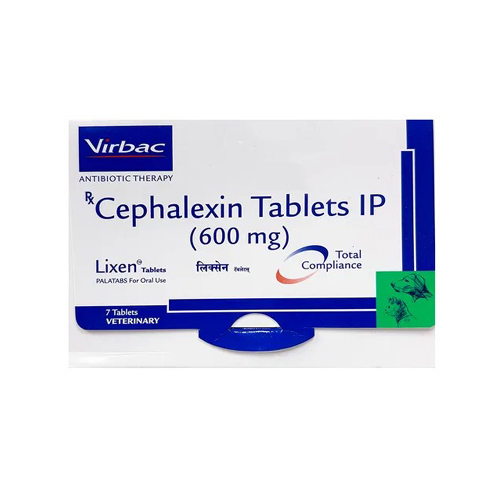
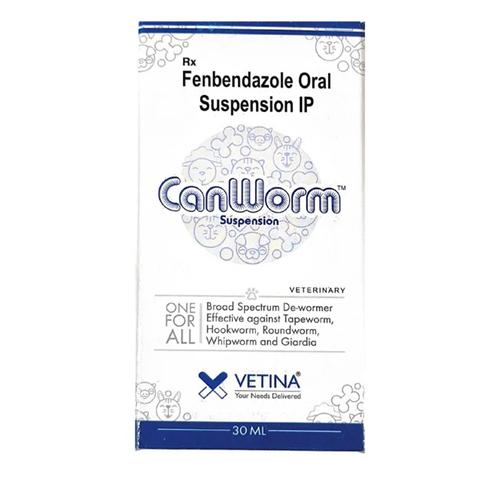



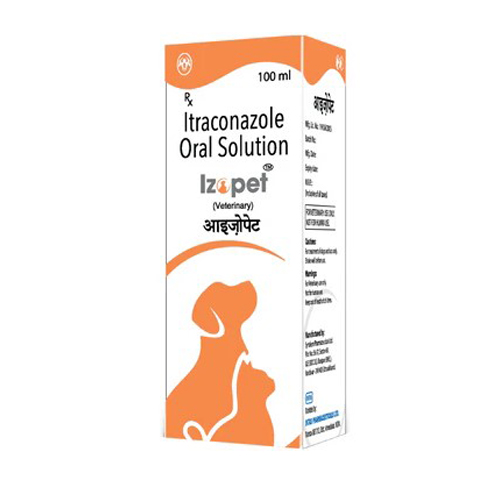
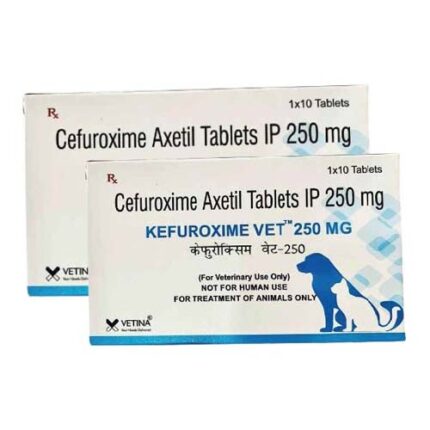
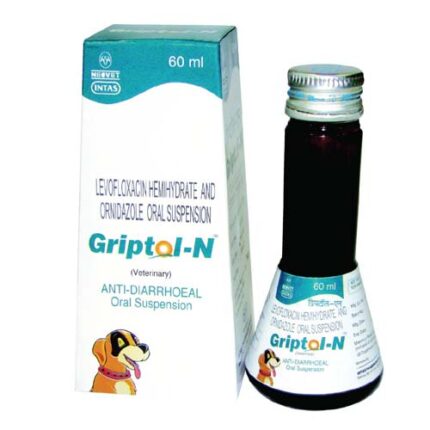
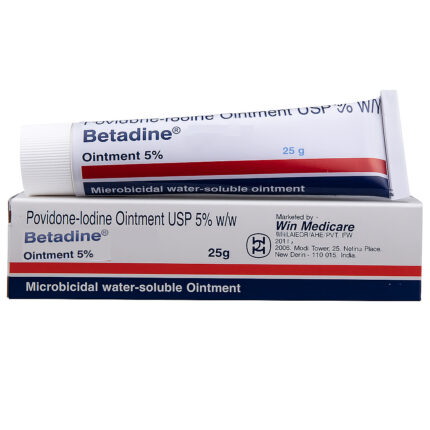
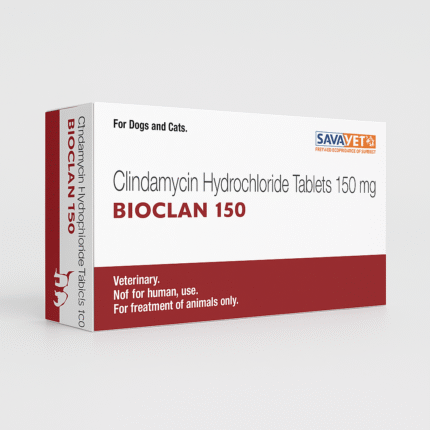
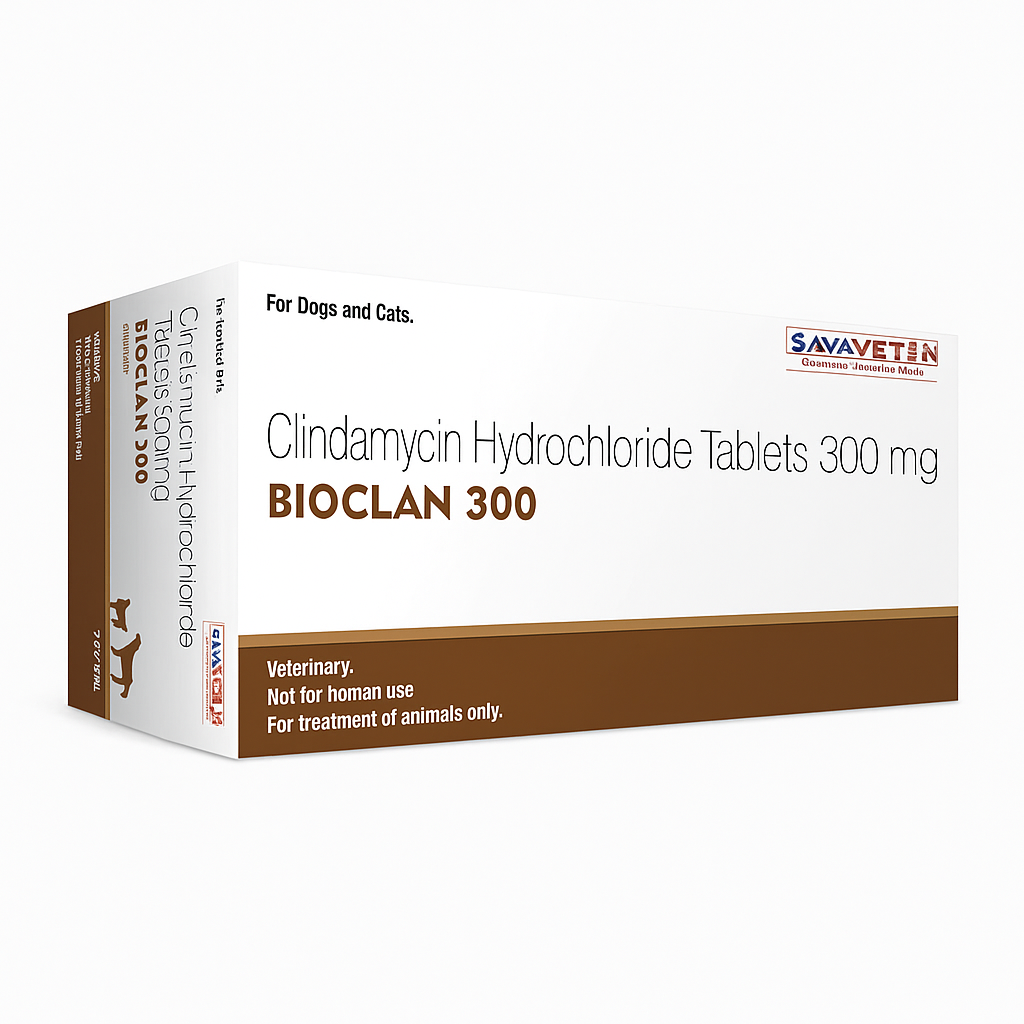

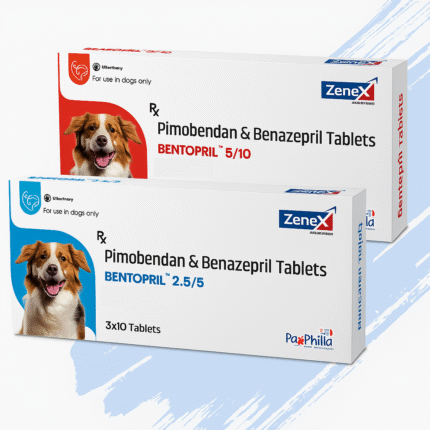
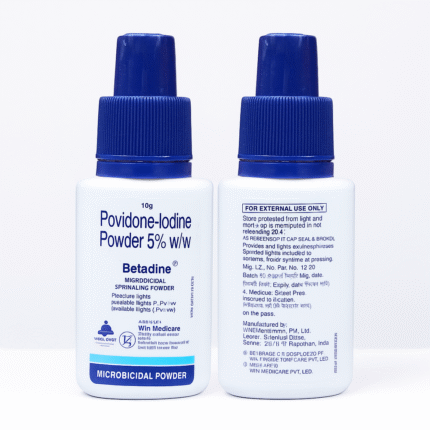
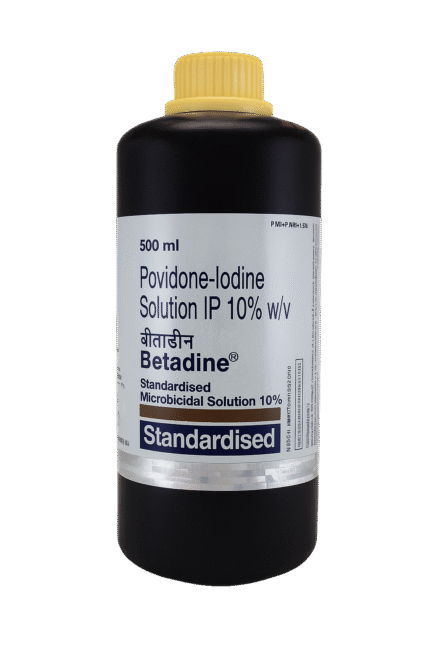
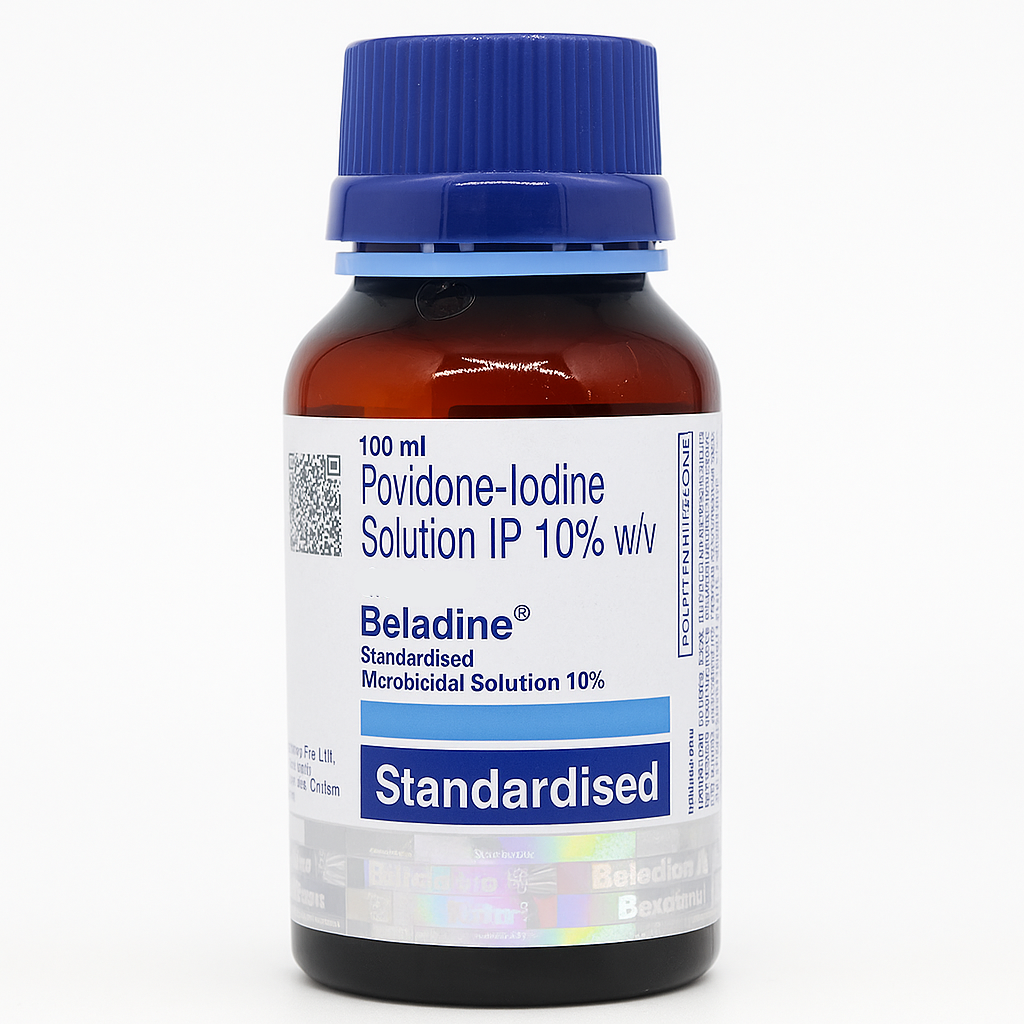

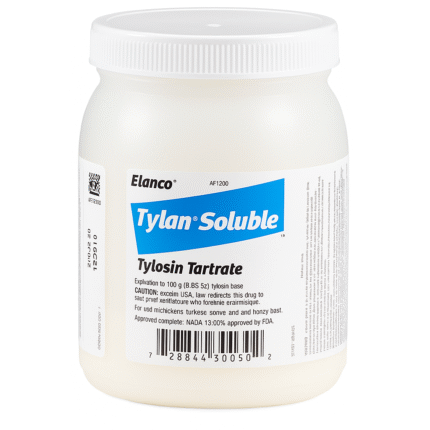
Reviews
There are no reviews yet.